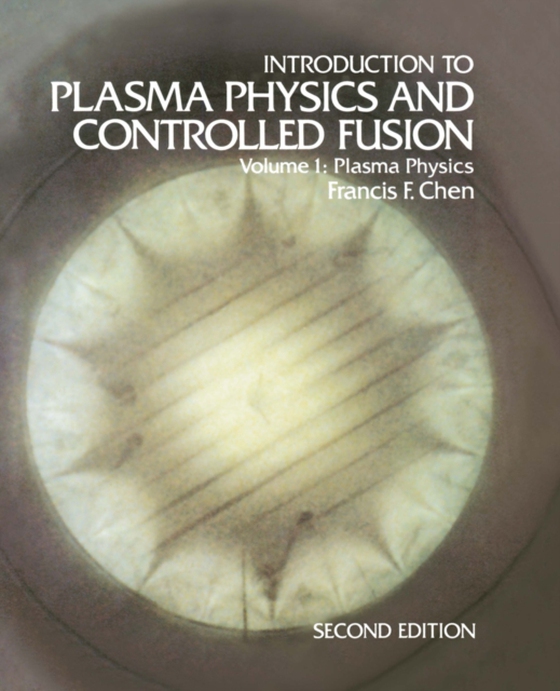
Introduction to Plasma Physics and Controlled Fusion e-bog
656,09 DKK
(inkl. moms 820,11 DKK)
TO THE SECOND EDITION In the nine years since this book was first written, rapid progress has been made scientifically in nuclear fusion, space physics, and nonlinear plasma theory. At the same time, the energy shortage on the one hand and the exploration of Jupiter and Saturn on the other have increased the national awareness of the important applications of plasma physics to energy production...
E-bog
656,09 DKK
Forlag
Springer
Udgivet
9 marts 2013
Genrer
Solar system: the Sun and planets
Sprog
English
Format
pdf
Beskyttelse
LCP
ISBN
9781475755954
TO THE SECOND EDITION In the nine years since this book was first written, rapid progress has been made scientifically in nuclear fusion, space physics, and nonlinear plasma theory. At the same time, the energy shortage on the one hand and the exploration of Jupiter and Saturn on the other have increased the national awareness of the important applications of plasma physics to energy production and to the understanding of our space environment. In magnetic confinement fusion, this period has seen the attainment 13 of a Lawson number nTE of 2 x 10 cm -3 sec in the Alcator tokamaks at MIT; neutral-beam heating of the PL T tokamak at Princeton to KTi = 6. 5 keV; increase of average to 3%-5% in tokamaks at Oak Ridge and General Atomic; and the stabilization of mirror-confined plasmas at Livermore, together with injection of ion current to near field-reversal conditions in the 2XII device. Invention of the tandem mirror has given magnetic confinement a new and exciting dimension. New ideas have emerged, such as the compact torus, surface-field devices, and the ET mirror-torus hybrid, and some old ideas, such as the stellarator and the reversed-field pinch, have been revived. Radiofrequency heat- ing has become a new star with its promise of dc current drive. Perhaps most importantly, great progress has been made in the understanding of the MHD behavior of toroidal plasmas: tearing modes, magnetic Vll Vlll islands, and disruptions.
 Dansk
Dansk

